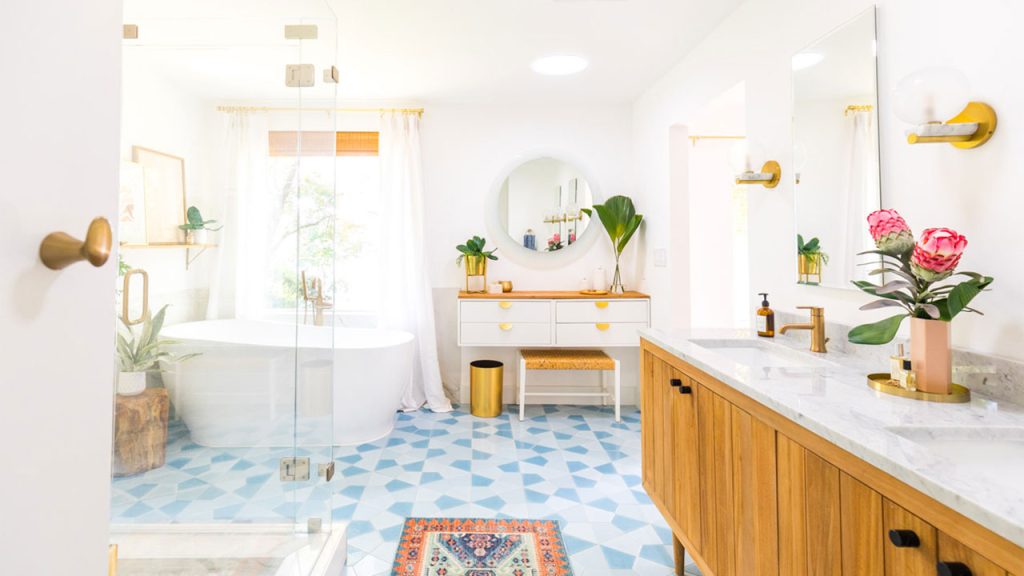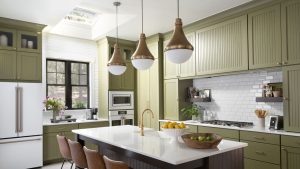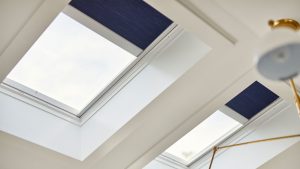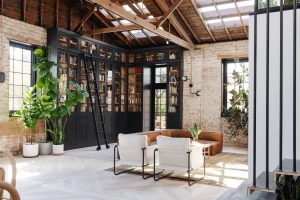
A skylight does a great job of bringing in rich natural light to make a space feel bigger and brighter. Here are a few clever ways you can harness that brightness and get the most out of your skylight.
Skylight Placement
Where you place your skylight relative to the sun has a massive effect on how much and when natural light enters your home. Here are some things to think about when determining the orientation of your skylight:
- South-facing skylights provide the most direct sunlight throughout the day. A full day of direct sunlight is great for solar-powered skylights and if you live in a cold environment. But if you live in a warmer climate, you may want to consider a different option.
- North-facing skylights provide the most consistent amount of sunlight without creating a harsh glare or heat. These are great for homes that get all four seasons.
- East-facing skylights will get you direct sunlight in the morning as the sun is rising. Installing solar-powered skylights facing east is a great option as the rising sun recharges the solar battery while letting in the soft morning light.
- West-facing skylights are similar to south-facing skylights as they bring in sunlight from the hottest time of the day.
For the most even distribution of light, a north-facing skylight is your best option.
For the most sunlight possible, south-facing skylights with shades are your best bet. Installing skylights in this orientation with sun-diffusing shades helps evenly distribute light across the room while combatting the influx of heat in the summer months.
Tubular Skylights
Tubular skylights work by channeling light from your roof down a reflective tube, naturally illuminating an area below. They’re an affordable option for adding light to traditionally dark and small areas like hallways and bathrooms.
Align Skylights with Windows
Creating symmetry between skylights and windows is not only aesthetically pleasing, but it helps to draw the eye up and create a sense that the room is brighter and larger. By aligning your skylights with your windows, you are evenly dispersing light throughout the room creating balance for the space.
Place Mirrors Near your Light Source
Whether your light source is a skylight or window, placing a mirror near it will reflect the natural light coming in, transforming the look and feel of a room.
Keep Your Skylight Clean
A seemingly obvious but often forgot about tip for letting more light into your home is to clean your skylight’s glass once or twice a year with a soft, lint-free cloth, chamois leather, or nonabrasive sponge. You can also use a clean, non-metal window squeegee. Clean water is typically enough for cleaning the glass, but ordinary, non-abrasive household cleaners can also be used.
Expand Your Color Palette
The beauty of natural light is the way that it complements the features and items in a space. When planning your skylight space, make sure you use brighter colored furniture and accents to evenly disperse light across a room. Here are some simple things you can do to your space to make sure that your skylight is bringing your room to life with light.
- Furnish your space with lighter colors or clear furniture. For a small, dim room, a large gray or navy sofa is probably not ideal. Instead, furnish your home with lighter color furniture like beige, white, or ivory to evenly disperse and reflect the light brought in by your skylight.
- Cover your floors with a large bright area rug. To make your floor glow, use a large lightly colored rug. To make your room feel bigger using the light from your skylight opt for a white, ivory, yellow, or some other warm and bright color.
- Whiten the walls. You’ve probably heard it before but for good reason: white walls are the best solution for making a darker room feel bigger and brighter because they reflect light the best.
- Play with curtains. Try a white or beige curtain set to help reflect the light across the room.





